Table of Contents
- What is Ground Saffron and Why Use It?
- How to Use Ground Saffron: Expert Tips for Best Results
- How to Buy the Best Ground Saffron: Quality Tips & Trusted Brands
- Ground Saffron vs Whole Saffron: Key Differences & When to Use Each
- Ground Saffron FAQs: Your Questions Answered
- Conclusion: Making the Most of Ground Saffron in Your Kitchen
Ground saffron is the ground form of saffron threads, offering convenience and quick flavor release for cooking. Unlike whole saffron, which requires soaking to release its full potential, ground saffron can be added directly to dishes for immediate color and flavor. In this guide, we'll cover everything you need to know about using, buying, and storing ground saffron to maximize its culinary impact.
What is Ground Saffron and Why Use It?
Derived from the stigmas of the Crocus sativus flower, ground saffron is one of the world's most expensive spices due to its labor-intensive harvesting process. Each flower produces only three stigmas, and it takes approximately 75,000 flowers to yield one pound of saffron. Ground saffron provides the same rich golden color and distinctive floral aroma as whole saffron but with greater convenience for quick cooking applications.
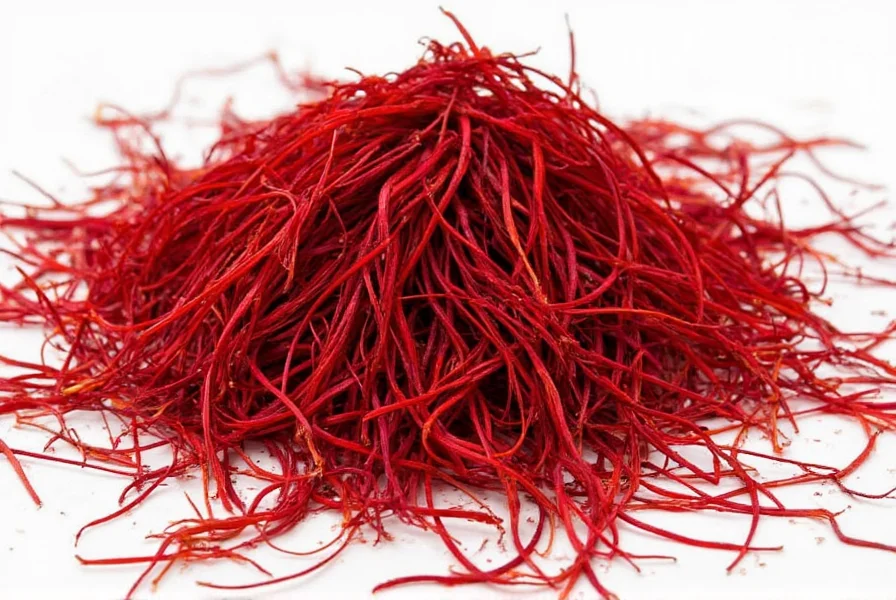
How to Use Ground Saffron: Expert Tips for Best Results
Ground saffron is incredibly potent, so proper usage is key to maximizing its flavor and color. Here are expert tips for culinary success:
- Start small: Use only 1/8 to 1/4 teaspoon per recipe serving 4-6 people. A little goes a long way with this precious spice.
- Soak for maximum extraction: Mix ground saffron with 1-2 tablespoons of warm water, milk, or broth for 10-15 minutes before adding to dishes. This releases more flavor compounds than direct addition.
- Best for savory dishes: Perfect for paella, risotto, bouillabaisse, and seafood stews. For authentic Spanish paella, use 1/8 teaspoon per serving to achieve the signature golden hue.
- Enhance desserts: Add to rice pudding, cakes, ice cream, or custards for an elegant floral note. For baking, incorporate into dry ingredients before mixing wet components.
- Store properly: Keep in an airtight container away from light, heat, and moisture. Properly stored ground saffron maintains potency for 1-2 years, though best used within 6-12 months for peak flavor.
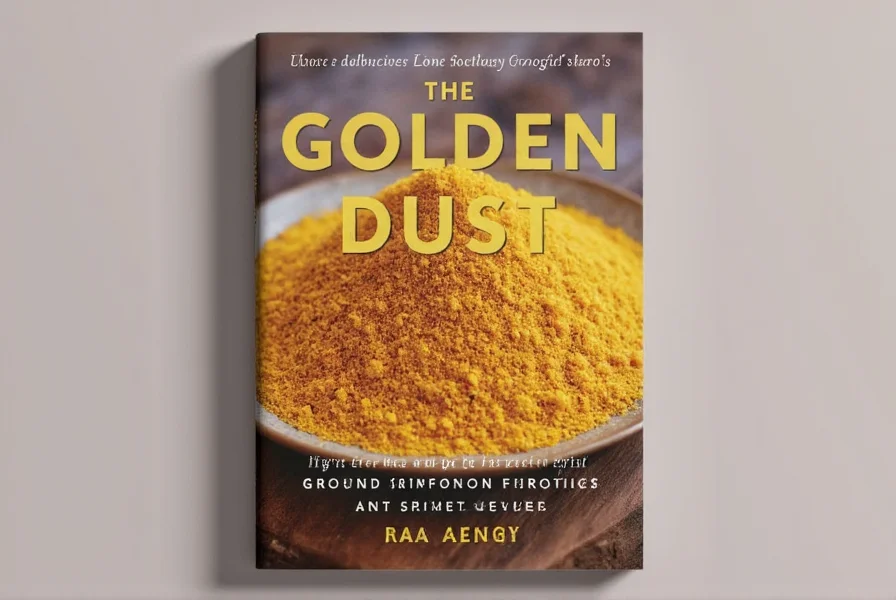
How to Buy the Best Ground Saffron: Quality Tips & Trusted Brands
With many counterfeit products on the market, knowing what to look for ensures you get authentic, high-quality ground saffron:
Key Quality Indicators
- Purity: Should contain only saffron threads with no fillers like turmeric or safflower. Look for 100% pure certifications.
- Color: Deep red-orange hue. Avoid bright red (indicating dye) or dull yellow (indicating old or low quality).
- Aroma: Distinctive sweet, floral, and slightly earthy scent. Musty or stale odors indicate spoilage.
- Origin: Iranian saffron (from Khorasan province) is considered premium for its intense color and flavor. Spanish La Mancha and Indian Kashmiri saffron also offer excellent quality.
| Product Name | Features | Best For |
|---|---|---|
| Persian Harvest Premium Ground Saffron | 100% pure, organic, sourced from Iran's Khorasan province | Cooking, baking, and medicinal uses |
| La Mancha Spanish Saffron | Handpicked from Spain's protected designation of origin fields | Traditional Spanish recipes like paella and seafood dishes |
| Nirmal Kashmiri Saffron | High-quality, affordable option with strong color intensity | Everyday cooking, festive meals, and Indian cuisine |

Ground Saffron vs Whole Saffron: Key Differences & When to Use Each
Understanding the differences helps you choose the right form for your culinary needs:
| Aspect | Ground Saffron | Whole Saffron |
|---|---|---|
| Flavor Release | Quick and immediate release; ideal for last-minute additions | Requires soaking for 15-30 minutes to release full flavor |
| Storage | More stable; less prone to moisture damage when sealed properly | More delicate; loses potency faster if not stored in airtight containers |
| Usage | Perfect for baking, sauces, drinks, and quick-cooking dishes | Best for infusing broths, rice dishes, and slow-cooked stews |
| Cost Efficiency | Higher cost per gram due to processing | More cost-effective for larger quantities |
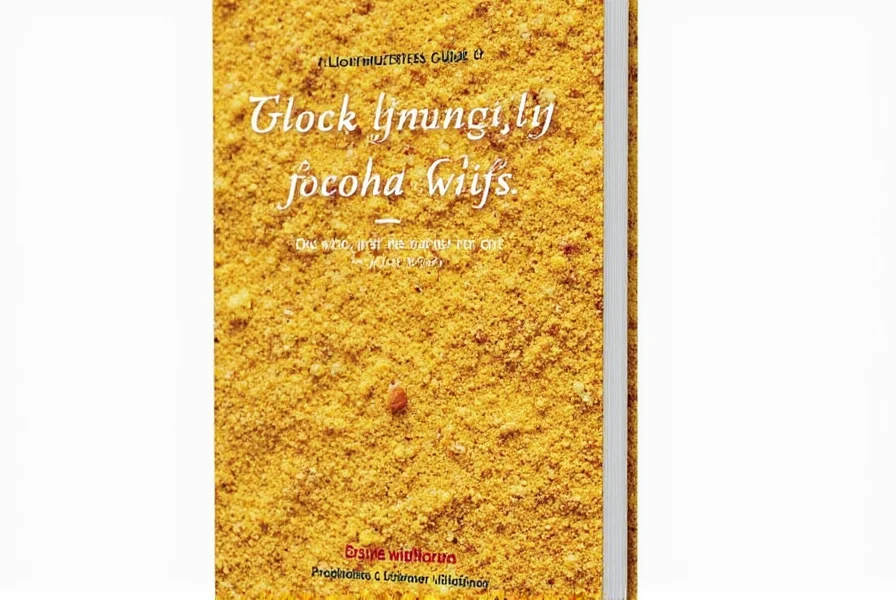
Ground Saffron FAQs: Your Questions Answered
What's the difference between ground saffron and saffron powder?
Ground saffron and saffron powder are identical - both refer to saffron threads ground into fine powder. "Ground saffron" is the standard culinary term, while "saffron powder" is sometimes used in supplement contexts.
How much ground saffron should I use for paella?
For authentic Spanish paella serving 4-6 people, use 1/8 to 1/4 teaspoon of ground saffron. Always soak it in warm broth first to maximize color and flavor extraction.
How can I test if ground saffron is pure?
Place a pinch in warm water: pure saffron releases a golden-yellow hue within minutes. Adulterated saffron may turn water dark red or orange immediately. Pure saffron also has a distinct sweet, floral aroma without chemical notes.
Why is ground saffron so expensive compared to other spices?
Saffron's high cost stems from its labor-intensive harvest: each Crocus sativus flower produces only three stigmas, requiring 75,000 flowers for one pound. Harvesting must be done by hand at dawn when flowers are closed, making it one of the world's most expensive agricultural products.
Can I substitute ground saffron for whole threads in rice dishes?
Yes, but use half the amount of ground saffron compared to whole threads. For best results, soak ground saffron in warm liquid for 10-15 minutes before adding to rice dishes to maximize flavor extraction.
How long does ground saffron stay fresh?
When stored in an airtight container away from light and moisture, ground saffron maintains potency for 1-2 years. However, its flavor and aroma peak within 6-12 months, so purchase small quantities for optimal freshness.
Conclusion: Making the Most of Ground Saffron in Your Kitchen
Ground saffron is more than just a spice - it's a culinary treasure that transforms ordinary dishes into extraordinary experiences. Whether you're preparing paella, baking desserts, or enhancing sauces, proper usage and storage ensure you get the most from this golden ingredient. Remember to start small, soak before use, and choose reputable brands for authentic quality. With these expert tips, you'll unlock the magic of saffron in every dish.
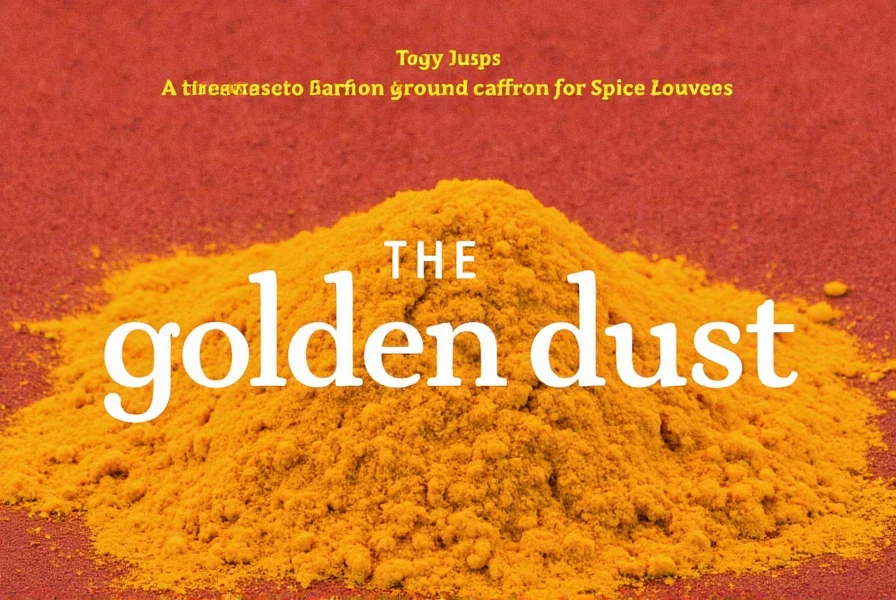

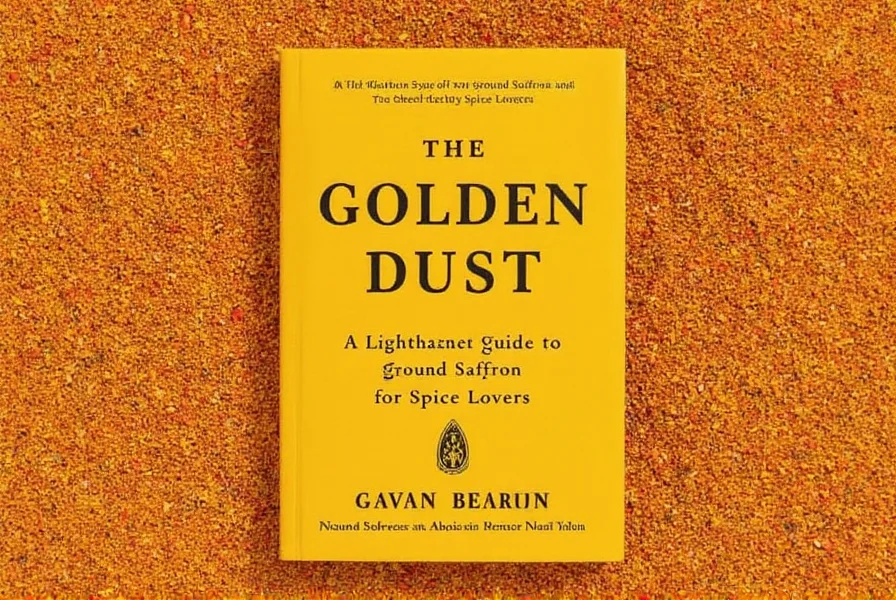









 浙公网安备
33010002000092号
浙公网安备
33010002000092号 浙B2-20120091-4
浙B2-20120091-4